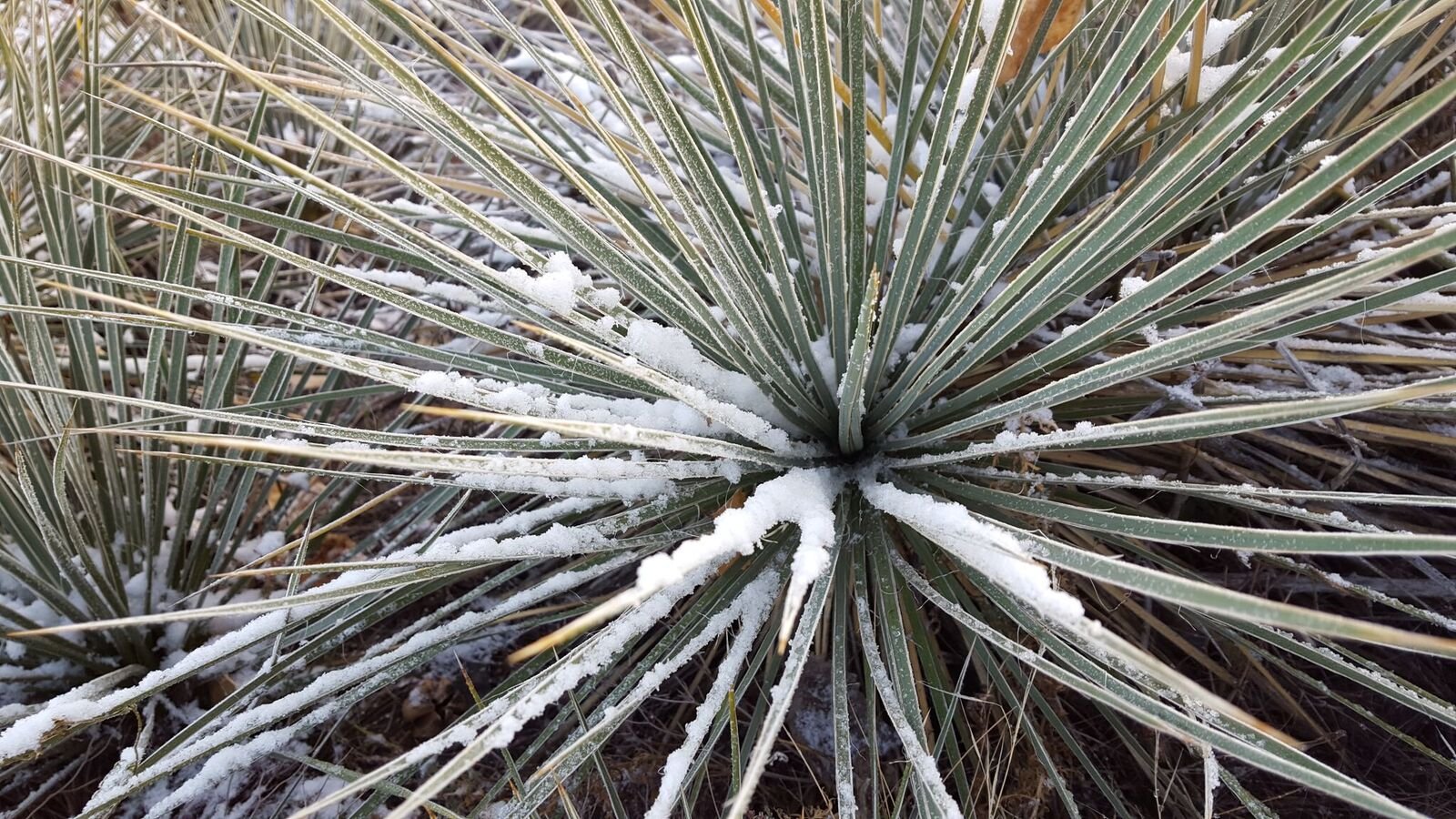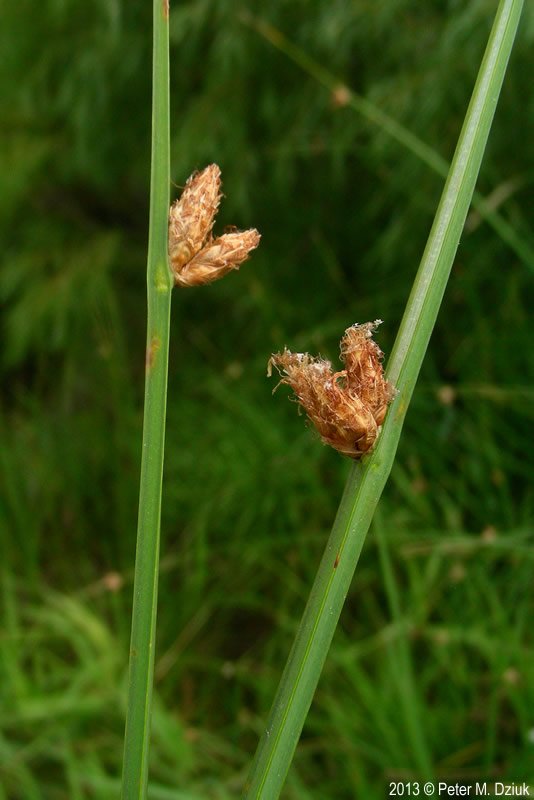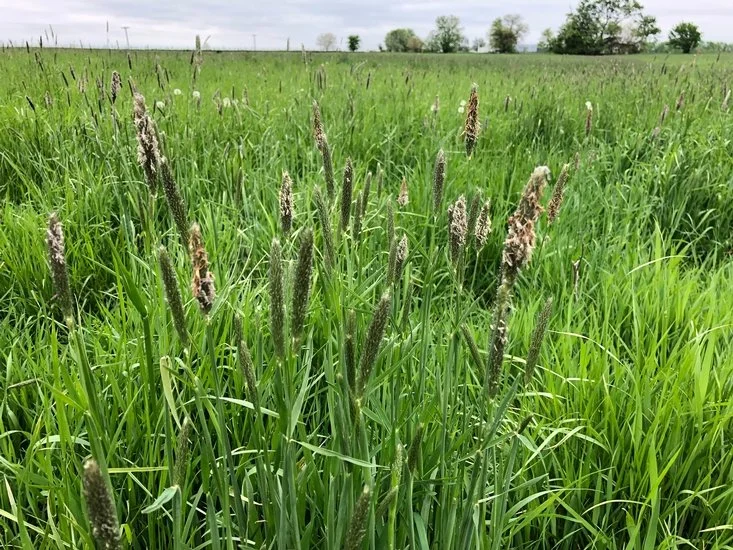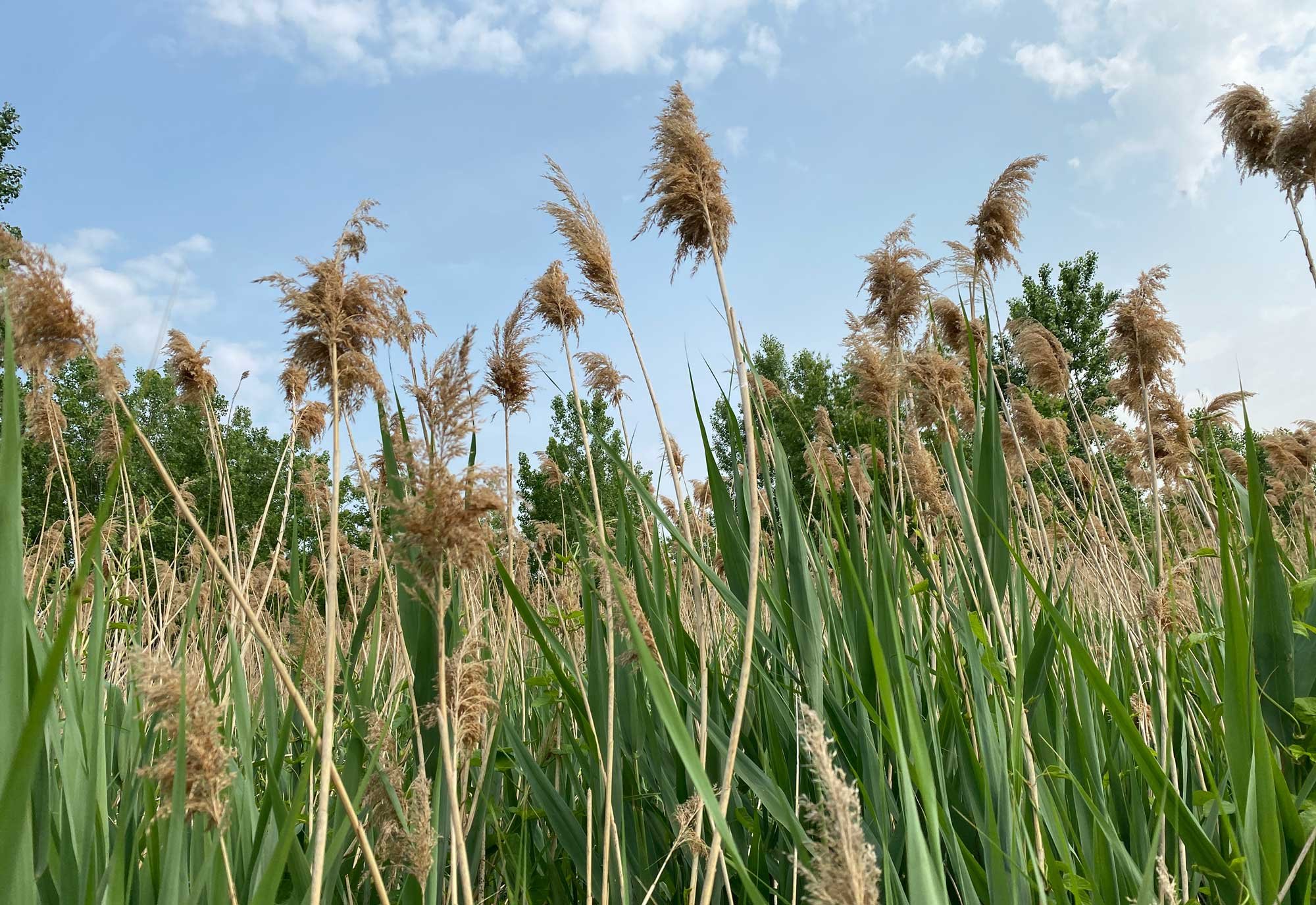
Animals and Plants
of the
Sand Creek Regional Greenway
The Sand Creek Greenway is home to a fantastic diversity of plants and animals! The Sand Creek provides essential habitat for local wildlife and a continuous water supply for the trees, shrubs, and other plants that border its banks. The Greenway is an urban oasis in the middle of various bustling cities. While walking, biking, or running our 13 miles of trail, you may see prairie dogs, red foxes, coyotes, deer, jackrabbits, bullsnakes, insects big and small, and more!
The Greenway’s riparian ecosystem is home to a variety of wildlife! When you are out on the trail make sure to look for animals like mule deer, red foxes, coyotes, beavers, birds and other animals. For a full list of animals you can spot along the Greenway, visit the Morrison Nature Center’s Wildlife.
Starting in September 2023 community scientists through our Community Science Program started collected bird diversity data along the trail in addition to conducting plant analysis surveys.
Check out the most common birds and plants they have found below or view our animal guide, and plant guide for more detailed information.
Animals on the Greenway are wild animals, not pets. Although these animals are incredible to see and watch, please do not approach any wildlife. If you encounter wildlife such as a coyote, please make sure to take the precaution outlined in Colorado Parks and Wildlife’s “Living with Wildlife” webpage. The City of Aurora Open Space and Natural Resources Division has also created an easy to read Coyote Safety resource to inform community members of the dos and don’ts of living with coyotes.
Most Common Bird Species
Water Fowl
Canada Goose
Migratory
Snowy Egret
Bird of Prey
American Kestrel
Songbird
Red-winged Blackbird
Smooth Bromme
Eastern Cottonwood
Mallard Duck
Double-crested Cormorant
Red-tailed Hawk
American Crow
Cheatgrass (noxious weed)
Three-square Bulrush
Ring-necked Duck
Western meadowlark
Bald Eagle
White-crowned Sparrow
Most Common plant Species
Heart-podded Hoary Cress (noxious weed)
Meadow Foxtail
Coyote Willow
Phragmites (noxious weed)
The Sand Creek Regional Greenway Partnership is currently collecting data on the plants and animals (specifically birds) thriving along the Greenway through community scientist activities.
See above for the most common birds and plants our Community Scientists have found so far!!
And THEN, click the button below to learn more about how YOU can help us collect more of this valuable data!
Pollinator gardens
Make sure to check out our two pollinator gardens along the trail! With the ever-changing urban landscape around us, pollinator gardens are essential to the continued survival of local pollinators like bees, flies, moths, and butterflies. Pollinators are critical to the health of our planet, performing the crucial ecosystem service of pollination that makes it possible for us to grow our food and local plants to flourish. Pollinator gardens supply food and habitat for these important animals, increasing the number and diversity of pollinators thriving along the Greenway.
Our two pollinator gardens are located along the Greenway at the Wetland Loop in Commerce City and Sand Creek Park in Aurora. These gardens are filled with local native pollinator friendly plants such as Showy Milkweed, Penstemon (Beardtongue), Spiderwort, Yarrow, and Mexican Hat.
When visiting our pollinator gardens take some time to look closely at the plants…what do you see? How many pollinators can you count?
Our gardens are entirely community maintained. We are always looking for more volunteers to help maintain the pollinator gardens. All folks are welcome to join our pollinator garden volunteer group. We will train you and supply all the material needed.
























